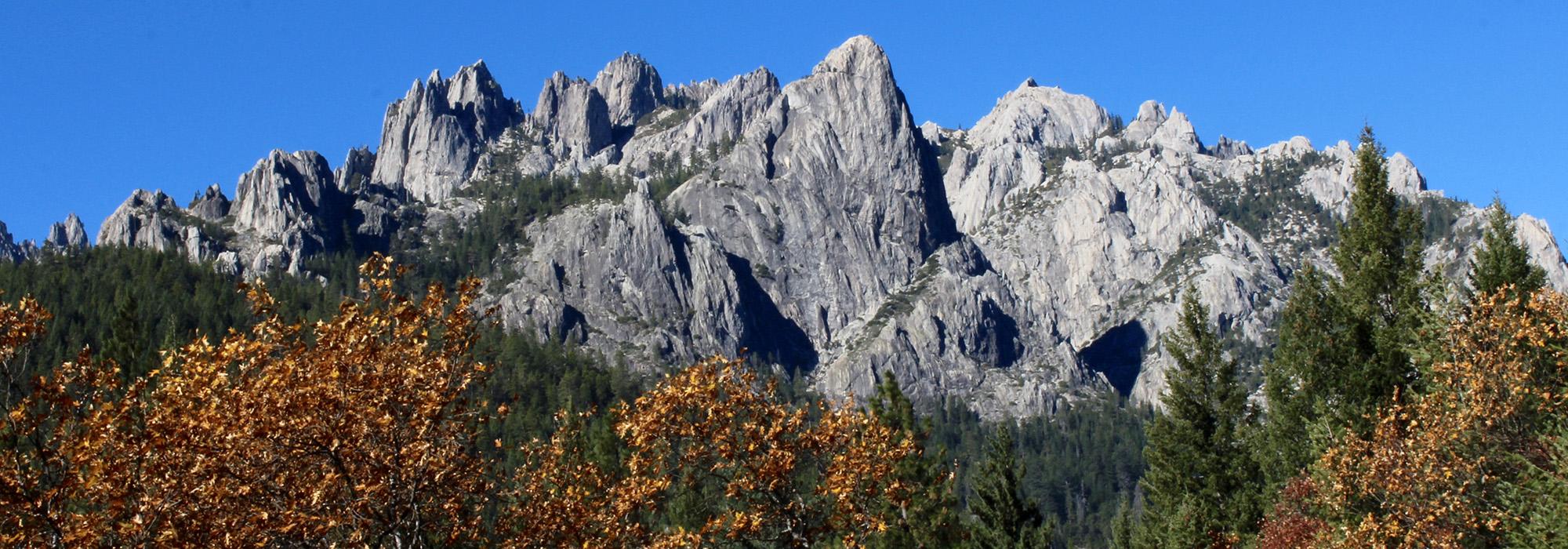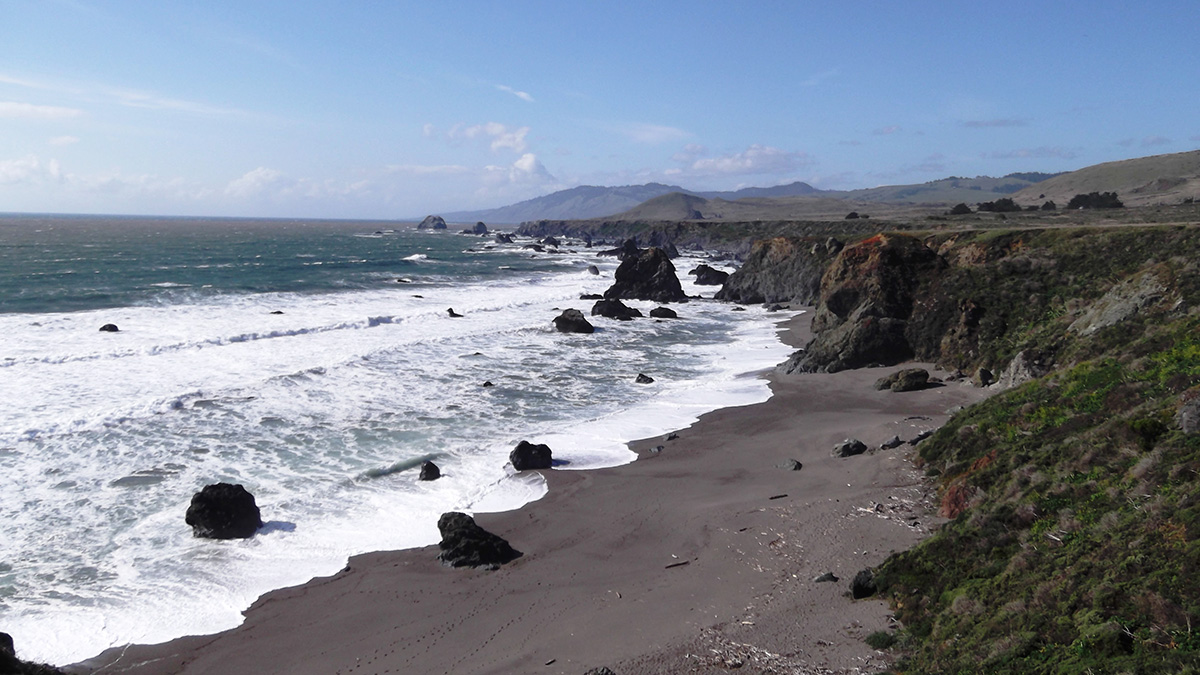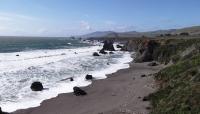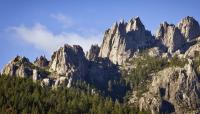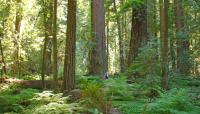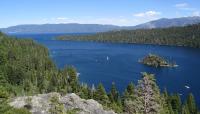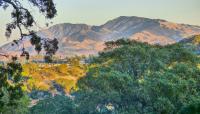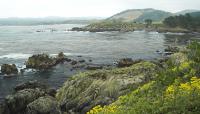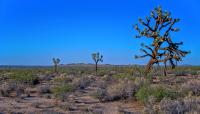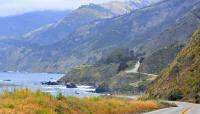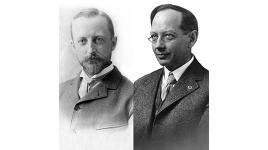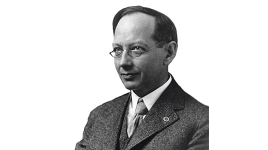Landscape Information
In 1927 the California State Legislature, spurred by the Save the Redwoods League, formed a commission to create a centralized state park system. The California State Park Commission hired Frederick Law Olmsted, Jr. of the Olmsted Brothers firm, who partnered with regional landscape architects, including Emerson Knight, Daniel Hull (who had recently ended his relationship with the National Park Service), and Harry W. Shepherd, to create a survey identifying potential park sites that would represent the state’s wide-ranging ecology.
The report, regionalized in twelve districts, highlighted specific areas in urgent need of preservation and protection, including the coastline, desert landscapes, and both the redwood and sequoia groves. The report also provided suggestions on how to preserve the state’s scenic highways and tidelands, and consideration was given to significant historical and cultural sites. In 1928 California passed the State Park Bond Act, allowing for the implementation of Olmsted Brothers’ park system. Under the leadership of Newton Drury, the park system’s land acquisition officer and executive director of the league, the total number of state parks grew to 150 by 1959. A second bond act in 1964 ensured the continued growth of the park system into the late twentieth century. Today, the California Department of Parks and Recreation manages 280 state parks, 125 of which were recommended by Olmsted. Other suggested sites including Lost Horse Valley and Kings Canyon were either integrated into other state parks or were later preserved by the federal government.



